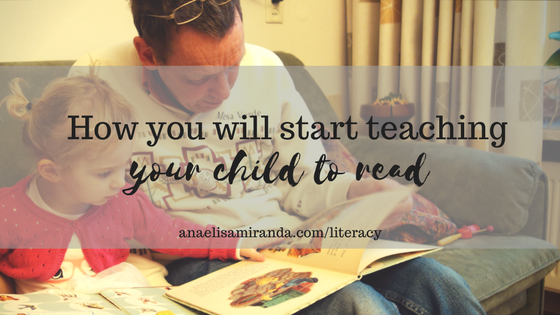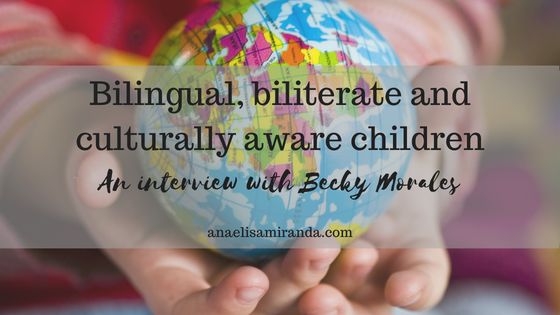https://m.medicalxpress.com/news/2018-08-bilingual-children-native-language-home.html
If that seems like a distant dream, know this: all that starts with the very basic elements of the words they’ll be reading: the letters and the sounds they make.
That’s it. That’s how your children will learn to read and have a whole new world open up to them. One letter-sound at a time. Just start.
Can your children rhyme?
Can they identify the first sound of words?
Can they tell you words that begin with /…/?
Can they tell you what new word you get if you change a sound in it? For example: “What do I get if I drop the /c/ in cat and put a /h/ instead?” They should easily answer “Hat”. (It’s important to use the sounds and not the letter names here.)
You can learn all this by playing games, reading a lot together and talking about how words are built.
You can read more about skills children need before learning to read here and here.
I also wrote a post on how you can support literacy even before your child starts to read.
There is no right age to start learning to read. In some countries, schools start reading instruction at Reception (4 to 5 year-olds) while in other countries they only start at 7. Your multilingual home is unique and only you can decide when you’re ready.
These are the next steps of the journey:
★ Your child needs to know the letters and what sounds they make. Teach them the sounds and not the letter names. One at a time. Talk about things that begin with that sound, draw pictures, play “I Spy”, ask your child to find that letter-sound whenever you’re reading together. If you’re not sure how to pronounce the sounds in isolation, here is a video.
★ When your child has already learned a few sounds, s/he can start reading words straight away. Sounding out and blending should become automatic with time. Make word lists or flashcards. Ask them to read words you know they are able to from a page you’ve been reading together. Stock up on decodable readers! Phonic books (like Bob Books) might seem uninteresting but they will build the child’s confidence. After all, they are reading a book all by themselves!
★ At the same time, teach them to form letters correctly. Yes, you can print out a worksheet. But you can also make it creative and fun: write on sand, write with their magic fingers/noses/toes in the air, make an art project, use Lego, sandpaper, you get the picture.
★ Finally, there are words in English that can’t be decoded. They are called sight wordsand need to be learned. Start with the most frequent ones like the, he, she, we, me, are, go, do, no, said and introduce only a couple at a time.
These are the mechanics of reading, which should lead to the ultimate goal: comprehension. When reading, discuss the pictures, ask what they think is going to happen next, why a character acted in a particular way, how the characters are feeling and why and if they have ever been in a similar situation. Ask them to retell you the story in their own words. If you’re reading non-fiction, ask them if they know anything else about the topic or if they would like to learn more about it.
Teaching and learning to read is a job that requires a lot of patience. Make sure it’s enjoyable for everyone and find what works best for your family.



